What is Type II Hypersensitivity?
Type II hypersensitivity, also known as antibody-mediated hypersensitivity, involves the immune system’s response where antibodies interact antigens attached to cell surfaces or within the extracellular matrix, leading to tissue injury, inflammation, or cellular dysfunction.
Type II differs from other hypersensitivity reactions in its specificity for cell-bound antigens, leading to direct damage to cells or tissues. In contrast, Type I involves soluble antigens and immediate reactions, Type III involves immune complex-mediated reactions, and Type IV is cell-mediated, involving T cells but not antibodies.
What causes Type II Hypersensitivity reactions?
The reaction is triggered by the immune system’s response to antigens that are attached to the surface of cells or embedded within the extracellular matrix. These antigens provoke the immune system to produce antibodies that mistakenly target and damage the body’s own cells.
What are the clinical outcomes of Type II Hypersensitivity?
There are three main outcomes of Type II hypersensitivity:
Antibody-mediated cell destruction
Antibody-mediated inflammation
Antibody-mediated cellular dysfunction
Each outcome leads to different pathological conditions, depending on the mechanism of antibody action.
Antibody-mediated cell destruction
An example is the reaction in a mismatched blood transfusion. Here, the recipient’s immune system produces antibodies against the donor red blood cells’ surface antigens, leading to cell lysis through complement activation and formation of membrane attack complexes, or through phagocytosis by opsonization.


Antibody-mediated inflammation
In antibody-mediated inflammation, antibodies cause tissue damage not by destroying cells but by triggering inflammatory responses. A classic example is Goodpasture syndrome, where anti-glomerular basement membrane antibodies initiate inflammation in the kidneys, leading to glomerulonephritis.

Antibody-mediated cellular dysfunction
This occurs when antibodies interfere with normal cell function without causing direct destruction or inflammation. For instance, in Myasthenia Gravis, antibodies block acetylcholine receptors at the neuromuscular junction, impairing muscle contraction and leading to muscle weakness.

What are some examples of diseases associated with Type II Hypersensitivity?
Examples include:
Mismatched blood transfusion reactions
Hemolytic disease of the newborn
Autoimmune hemolytic anemia
Myasthenia Gravis
Graves’ disease
Goodpasture’s syndrome
Rheumatic fever
Vasculitis with anti-neutrophil cytoplasmic antibodies
Each condition is characterized by different antigens and antibodies interactions, leading to varied clinical manifestations.
You can solve practice sessions on type II hypersensitivity reaction from the link PRACTICE SESSION
CLICK HERE to read Type I Hypersensitivity
CLICK BELOW to watch the comprehensive video tutorial on type II hypersensitivity reaction

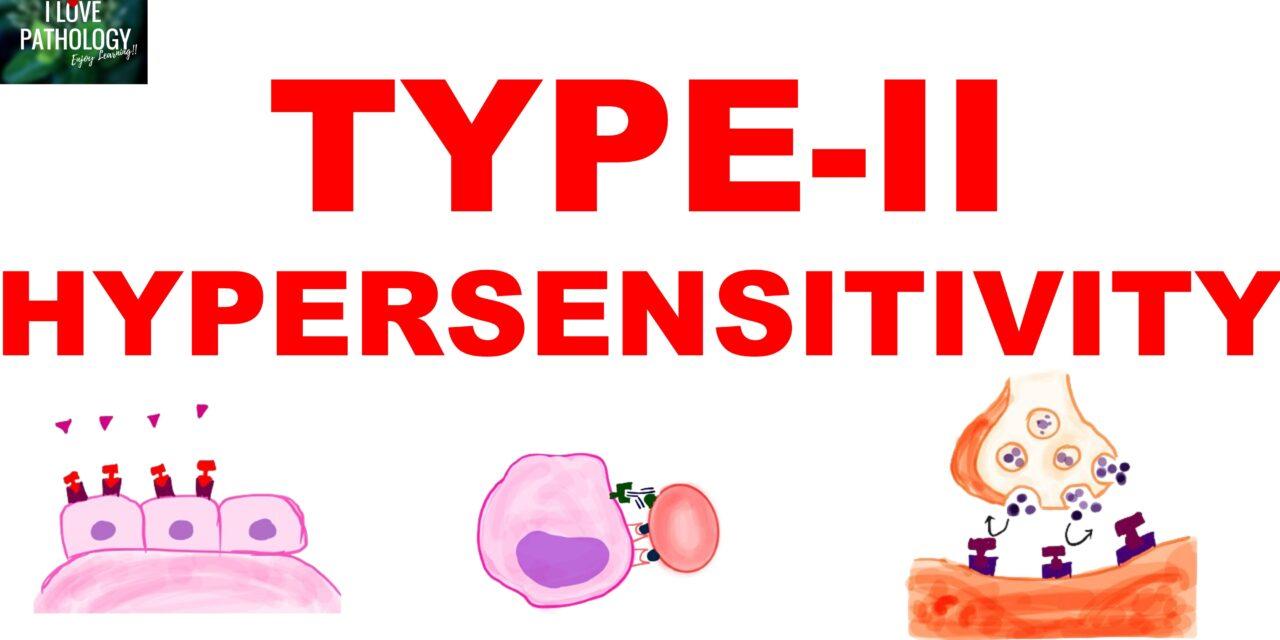
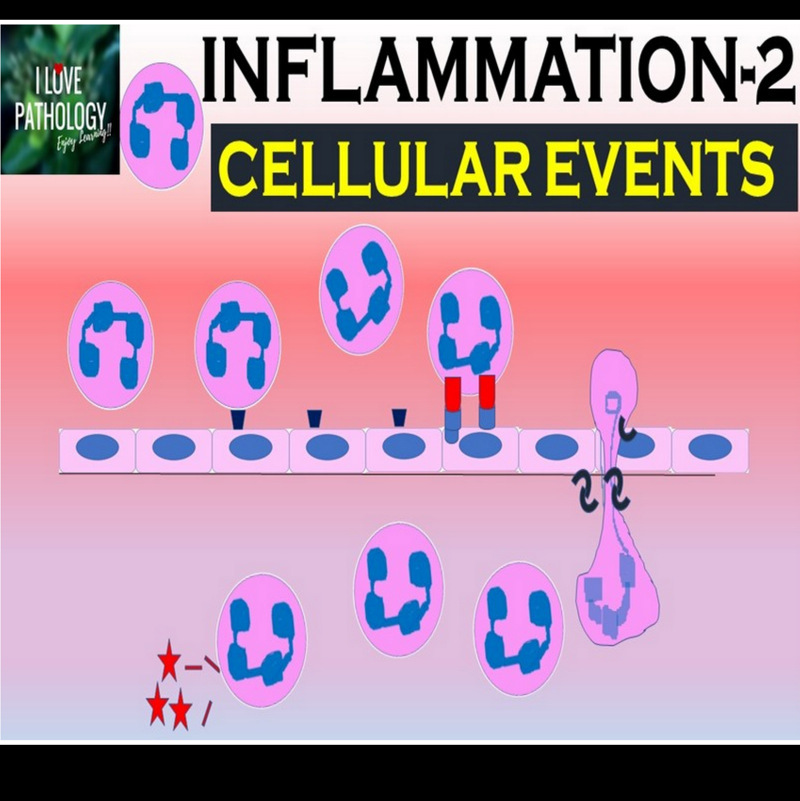
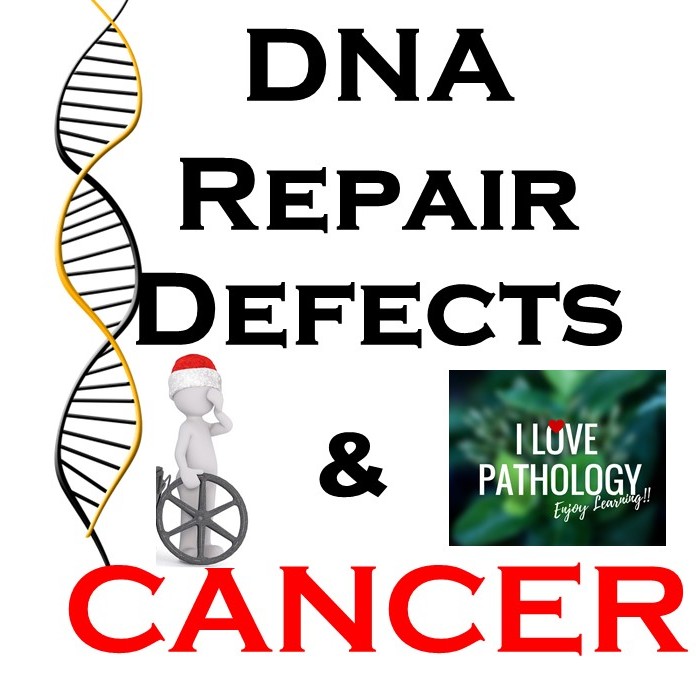
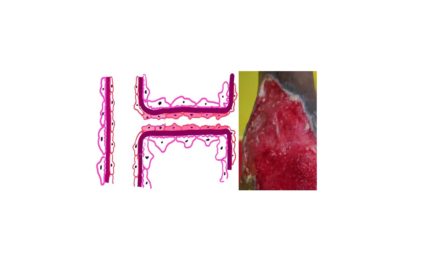
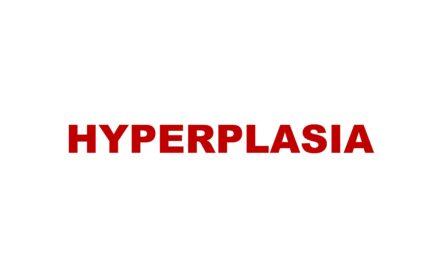





Recent Comments